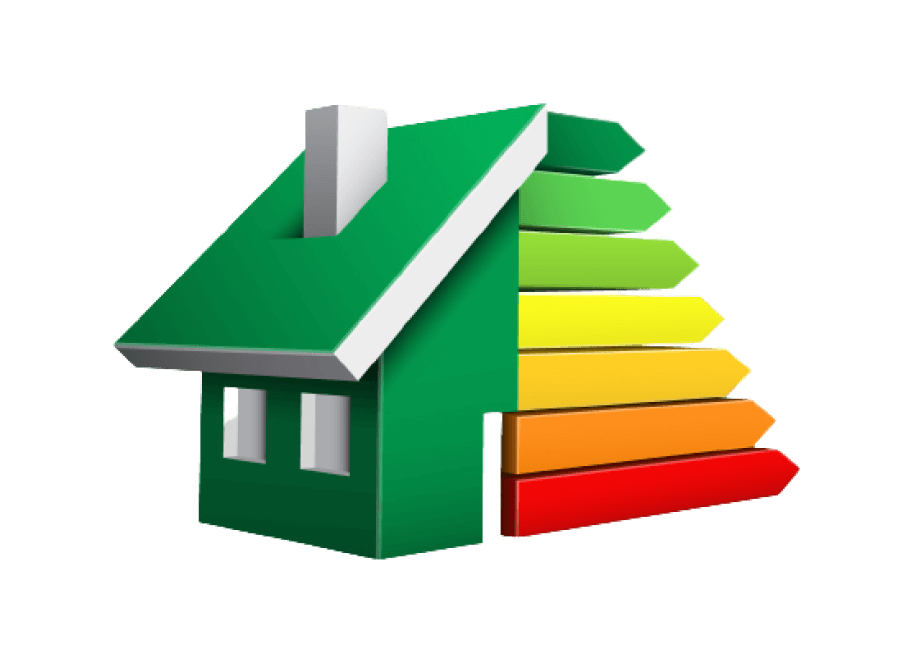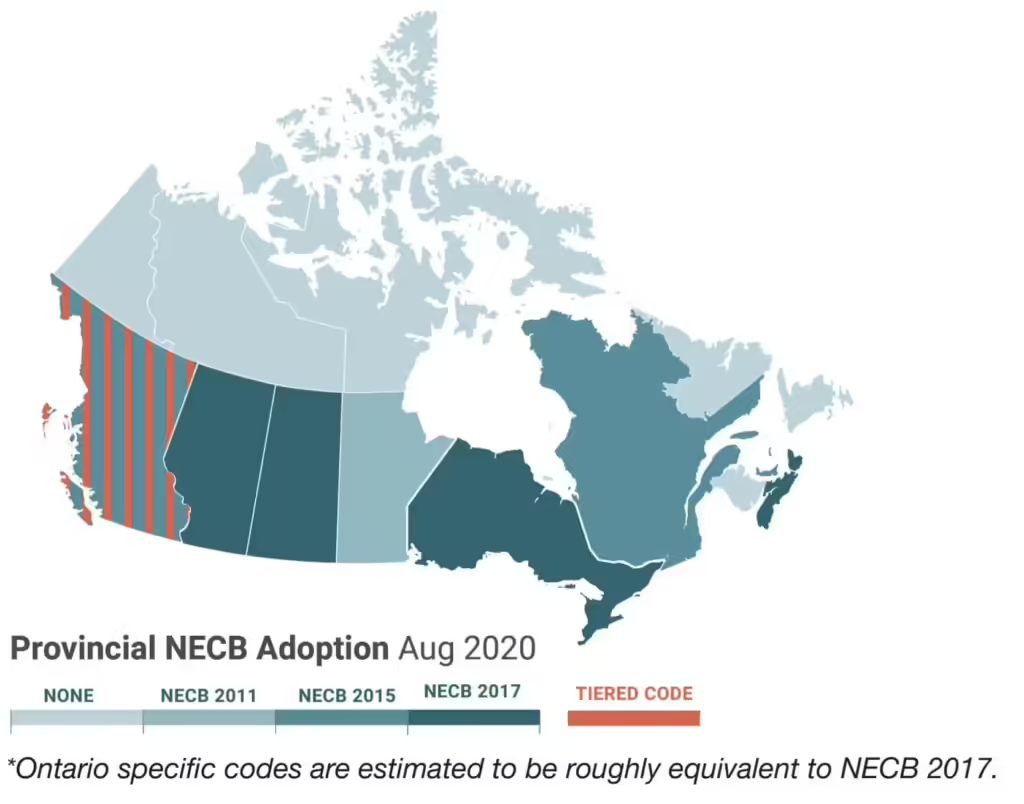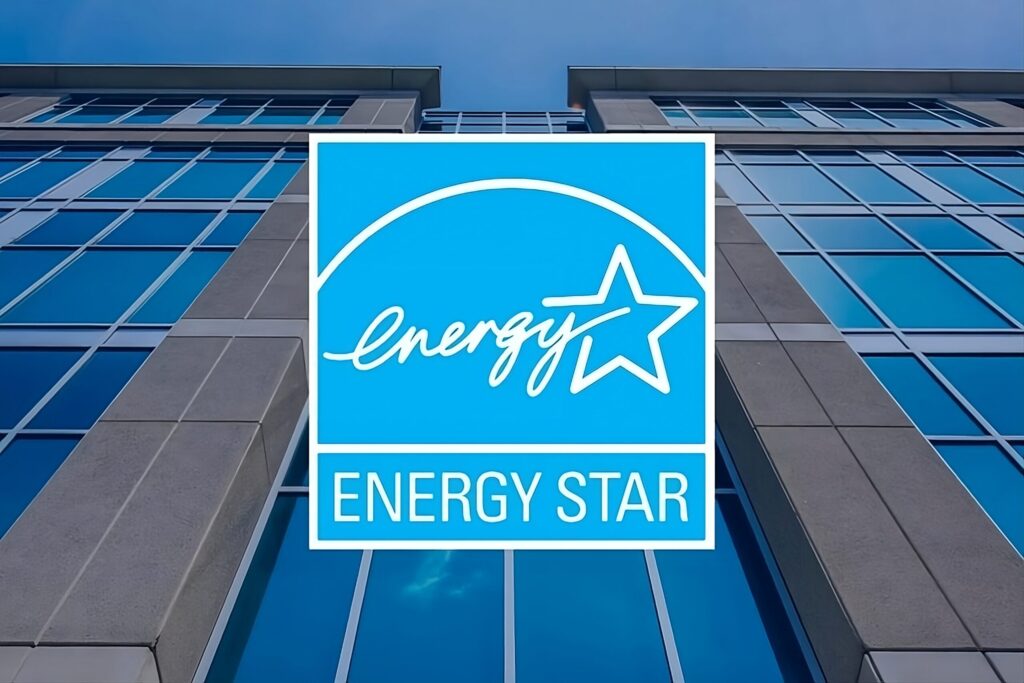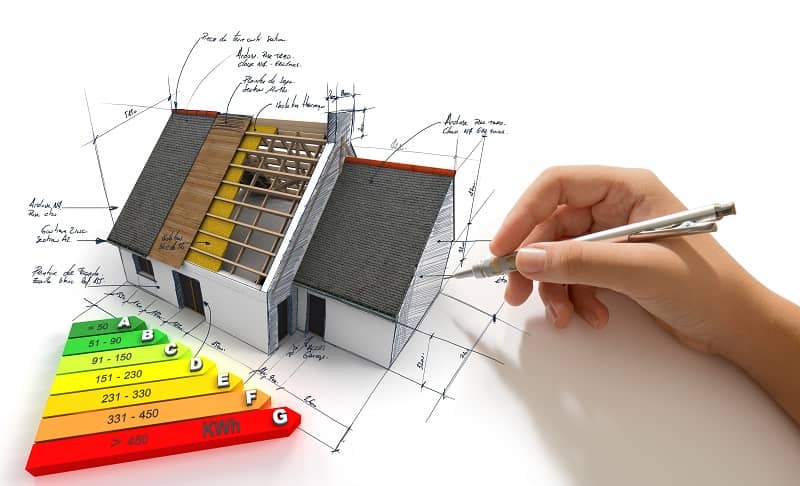Energy Codes and Renovations: Understanding Energy Efficiency Requirements in Canada
As Canada continues to prioritize environmental sustainability and combat climate change, energy efficiency in buildings has become a key focus area. Whether it’s new construction or renovations, building energy codes play a crucial role in ensuring that homes and commercial properties meet modern standards for energy conservation. For property owners and contractors, understanding energy codes is essential when undertaking renovation projects to ensure compliance and long-term energy savings. This article will explore the energy efficiency requirements that apply to renovations in Canada, including key regulations, best practices like windows New Brunswick, and the benefits of adopting energy-efficient building practices.

Why Energy Efficiency in Renovations Matters
Buildings account for a significant portion of energy use and greenhouse gas emissions in Canada. Residential and commercial properties contribute to energy consumption through heating, cooling, lighting, and appliances. Renovating buildings to meet higher energy efficiency standards not only reduces operating costs but also plays a critical role in reducing Canada’s overall carbon footprint.
Energy-efficient renovations provide multiple benefits:
- Lower energy costs: Upgrading to more energy-efficient systems can reduce utility bills by lowering the demand for heating, cooling, and lighting.
- Improved comfort: Energy-efficient buildings maintain more stable indoor temperatures, enhance ventilation, and improve overall comfort for occupants.
- Environmental impact: Energy-efficient renovations contribute to Canada’s greenhouse gas reduction targets by lowering the amount of energy needed to operate buildings.
- Increased property value: Properties with energy-efficient upgrades tend to have higher resale values, as they are more attractive to environmentally conscious buyers.
Key Energy Codes and Standards for Renovations in Canada
In Canada, energy codes and standards are set at both the federal and provincial levels. These codes outline specific requirements for energy performance in buildings and apply to new constructions as well as major renovations. Below are some of the key regulations that impact energy efficiency in renovation projects.

1. National Energy Code for Buildings (NECB)
The National Energy Code for Buildings (NECB) establishes minimum energy efficiency requirements for buildings across Canada. While the NECB primarily applies to new construction, it also affects renovation projects, especially if substantial changes are being made to the building’s structure, insulation, or mechanical systems.
The NECB includes energy efficiency requirements for:
- Building envelopes: This includes walls, roofs, and windows, focusing on insulation, thermal resistance (R-value), and air leakage control.
- Mechanical systems: The NECB regulates heating, ventilation, and air conditioning (HVAC) systems to ensure they meet energy efficiency standards.
- Lighting: The code sets requirements for energy-efficient lighting systems in both residential and commercial buildings.
- Water heating: Energy-efficient water heating systems, including on-demand (tankless) water heaters, are encouraged to reduce energy consumption.

During major renovation projects, property owners may be required to upgrade certain components of the building to meet NECB standards, particularly if they are replacing outdated systems or making structural changes.
2. Provincial and Territorial Energy Codes
While the NECB provides a national framework, each province and territory in Canada has the authority to adopt and adapt its own energy codes for buildings. These regional codes often include additional energy efficiency requirements that go beyond the federal NECB. Property owners and contractors need to be aware of the specific energy codes in their province to ensure compliance during renovations.
For example:
- British Columbia’s Energy Step Code: British Columbia has introduced the Energy Step Code, a voluntary performance-based code that sets higher energy efficiency targets. Renovation projects in BC must meet these targets if they fall within the scope of major upgrades or retrofits.
- Ontario Building Code: Ontario has incorporated stringent energy efficiency standards into its Building Code, requiring renovations to meet minimum performance thresholds for insulation, windows, and mechanical systems.
- Quebec’s Energy Efficiency Requirements: Quebec has adopted specific requirements for energy efficiency in renovations, focusing on improving the thermal performance of building envelopes and the efficiency of HVAC systems.
3. ENERGY STAR® Certification
In addition to mandatory energy codes, property owners can voluntarily pursue ENERGY STAR® certification for energy-efficient renovations. The ENERGY STAR program is widely recognized in Canada and certifies buildings that meet high standards for energy performance. While not mandatory, ENERGY STAR-certified upgrades, such as energy-efficient windows, doors, and appliances, can significantly improve the energy efficiency of a building and qualify for government incentives and rebates.

4. Retrofit Guidelines for Existing Buildings
In some cases, existing buildings undergoing renovations must follow specific retrofit guidelines aimed at improving energy efficiency. These guidelines are part of broader sustainability efforts in Canada to reduce energy consumption in older buildings. Retrofitting can include upgrading insulation, replacing single-pane windows with double or triple-pane windows, sealing air leaks, and installing high-efficiency HVAC systems.
Some municipalities and provinces may also require energy audits before and after renovations to assess the building’s energy performance and identify further opportunities for improvement.
Best Practices for Energy-Efficient Renovations
To ensure that renovation projects comply with energy codes and achieve maximum energy savings, property owners and contractors should follow best practices for energy-efficient upgrades. Here are some key strategies:
1. Improve Insulation and Air Sealing
One of the most effective ways to improve energy efficiency during renovations is to upgrade the building’s insulation. Proper insulation reduces heat loss in winter and keeps buildings cool in summer, lowering energy demand for heating and cooling systems.
- Attic and roof insulation: Increasing insulation in the attic and roof can dramatically improve a building’s thermal performance, reducing heat loss through the top of the building.
- Wall insulation: Renovation projects that involve opening walls offer an opportunity to upgrade or add insulation, ensuring better thermal resistance.
- Air sealing: Sealing air leaks around windows, doors, and ducts prevents drafts and reduces energy waste, improving indoor comfort.

2. Upgrade Windows and Doors
Replacing old, inefficient windows and doors is another critical component of energy-efficient renovations. Modern windows with double or triple glazing, low-emissivity (Low-E) coatings, and insulated frames provide better insulation and reduce heat transfer.
Energy-efficient windows and doors also improve indoor comfort by preventing drafts and condensation while reducing noise from outside. In addition, upgrading to ENERGY STAR-certified windows and doors can help property owners meet or exceed energy code requirements.
3. Install Energy-Efficient HVAC Systems
Heating and cooling systems are among the largest energy consumers in any building. When undertaking renovations, property owners should consider upgrading to energy-efficient HVAC systems, such as:
- Heat pumps: Heat pumps are highly efficient heating and cooling systems that transfer heat from the outside air or ground into the building, reducing energy use compared to traditional furnaces or air conditioners.
- High-efficiency furnaces and boilers: Upgrading to a high-efficiency furnace or boiler can significantly reduce energy consumption and lower heating bills.
- Smart thermostats: Installing a smart thermostat allows property owners to optimize energy use by programming heating and cooling schedules based on occupancy patterns.
4. Enhance Lighting and Electrical Systems
Energy-efficient lighting and electrical systems are essential components of modern renovation projects. Upgrading to LED lighting and incorporating smart lighting controls can reduce energy consumption for lighting by up to 75%. Additionally, replacing outdated electrical systems with energy-efficient appliances, such as ENERGY STAR-certified refrigerators, dishwashers, and water heaters, helps reduce the building’s overall energy demand.
5. Incorporate Renewable Energy Solutions
For major renovations, property owners may also want to consider integrating renewable energy solutions, such as solar panels, into their buildings. Solar energy can significantly reduce a building’s reliance on grid electricity and lower overall energy costs. In some provinces, incentives and rebates are available for property owners who invest in renewable energy systems during renovations.
Incentives and Rebates for Energy-Efficient Renovations
To encourage property owners to adopt energy-efficient upgrades, both federal and provincial governments offer a range of incentives and rebates for energy-efficient renovations. Some of these programs include:
- Canada Greener Homes Grant: The Canada Greener Homes Grant provides financial support to homeowners for energy-efficient retrofits, including insulation upgrades, window replacements, and the installation of heat pumps. Homeowners can receive grants of up to $5,000 for eligible projects.
- Provincial Energy Rebates: Many provinces offer energy rebate programs that provide incentives for energy-efficient renovations. For example, BC Hydro and FortisBC offer rebates for insulation upgrades, window replacements, and energy-efficient HVAC systems in British Columbia.
- Municipal Green Building Programs: Some municipalities, such as Toronto and Vancouver, have green building programs that offer incentives for energy-efficient renovations, including fast-track permitting or tax breaks for buildings that meet energy performance standards.

Conclusion
As Canada moves toward a more sustainable and energy-efficient future, understanding and complying with energy codes is essential for renovation projects. By upgrading insulation, windows, HVAC systems, and lighting, property owners can significantly reduce their energy consumption, lower utility costs, and contribute to the country’s environmental goals. With the support of government incentives and best practices for energy-efficient renovations, Canada is paving the way for more resilient, sustainable buildings that will meet the challenges of climate change and energy conservation.
